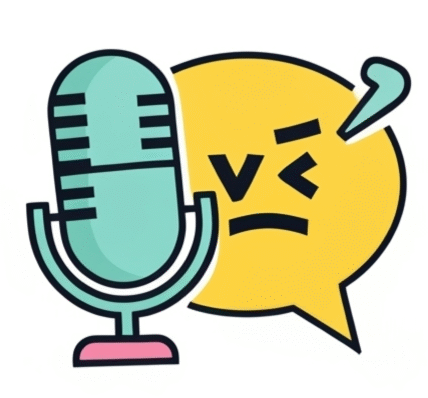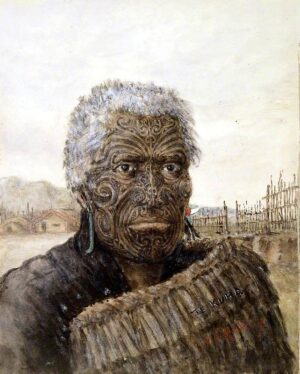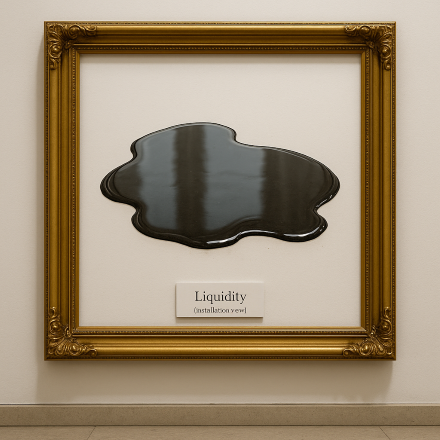Inked Through the Ages: A 5,000-Year Journey into the World of Tattoos
Tattooing—marking the skin with inked designs—remains one of the most enduring, global forms of human expression. Far from being a recent trend, tattoos have been a part of our collective story for millennia. This post explores the cultural, therapeutic, and artistic meanings behind tattoos across time and continents.
1. Earliest Known Tattoos: Therapeutic Marks on Ötzi (~3300 BCE)
In 1991, hikers discovered Ötzi the Iceman in the Ötztal Alps—his body preserved for more than 5,300 years. He bore 61 carbon-ink tattoos—simple parallel lines and crosses—applied via soot rubbed into small incisions.

Strikingly, many of these tattoos overlay areas of arthritis or strain, aligned with what we now call acupuncture points for lower back and joint pain. Paired with medicinal herbs like birch polypore and bracken fern found among his belongings, some scholars suggest Ötzi’s tattoos were part of a systematized therapeutic practice, predating Chinese acupuncture by over 2,000 years.
Not all experts agree—some argue their placement could also indicate ritualistic or decorative purposes, and note that not all tattoos correspond to painful areas. What’s undisputed, however, is that Ötzi offers the oldest physical evidence of tattooing, underscoring its antiquity.
2. Roots of Tattooing in Ancient Egypt & Nubia (ca. 3350–3000 BCE)
Egypt keeps its own place in tattoo history. The Gebelein man—a predynastic mummy dated to ~3350–3017 BCE—bears two figural tattoos (possibly bovine motifs) on his forearm. Female mummies from Deir el-Bahari—high priestesses of Hathor—sport tattoos of lotus flowers, animals, and Wadjet eyes, suggesting they may have held spiritual or protective roles.

Medical studies propose that some tattoos served therapeutic or fertility-related functions. UNESCO-listed archaeologist Daniel Fouquet theorized that pelvic tattoos in Egyptian women might have been intended to treat chronic pelvic-peritonitis. And while early on tattooing was largely a female practice, by around 500 BCE in Nubia, men—particularly for medicinal purposes—also received ink .
3. Pazyryk, Scythians, Thracians & Animal Power (~6th–3rd century BCE)
Tattoos flourished among Eurasian nomads. The Pazyryk mummies of Siberia (6th century BCE) were discovered with full-body tattoos. One notable chief had elaborate animal-style designs—griffins, deer, mythical beasts—on arms, back, chest, and legs.

These tattoos were deeply symbolic. Among the Scythians and Thracian peoples, tattoos were markers of nobility, courage, spirituality, and identity. Thracians reportedly saw tattoos as a sign of noble birth, while Scythian women often taught the craft—sometimes using leather stencils—and tattoos were initiated in childhood as status markers.
Their designs influenced nearby civilizations: Persian Sassanid motifs, Siberian tribes and Central Asian art all echo Scythian “animal style” iconography.
4. Asia: Rituals, Identity & Taboo
- Japan (Jōmon to Edo): Tattooing in ancient Japan dates back to the Jōmon era (~10,000 BCE), possibly as rituals. By the Edo period, heavily styled irezumi—colorful, bold patterns—became synonymous with the criminal underworld and yakuza, though the craftsmanship remained deeply revered .
- China & Tarim Basin: Mummies from 2100–800 BCE show visible hand and facial tattoos. No doubt these honors or status, tied to identity—not punishment.
- Polynesia (Samoa, Māori): The word “tattoo” comes from the Samoan tatau. These include grand, geometric tattoos such as the Samoan pe’a, Māori moko, Tahitian moko, and Marquesan tattoos—symbols of lineage, rank, rite of passage, created through intricate hand-tapping .
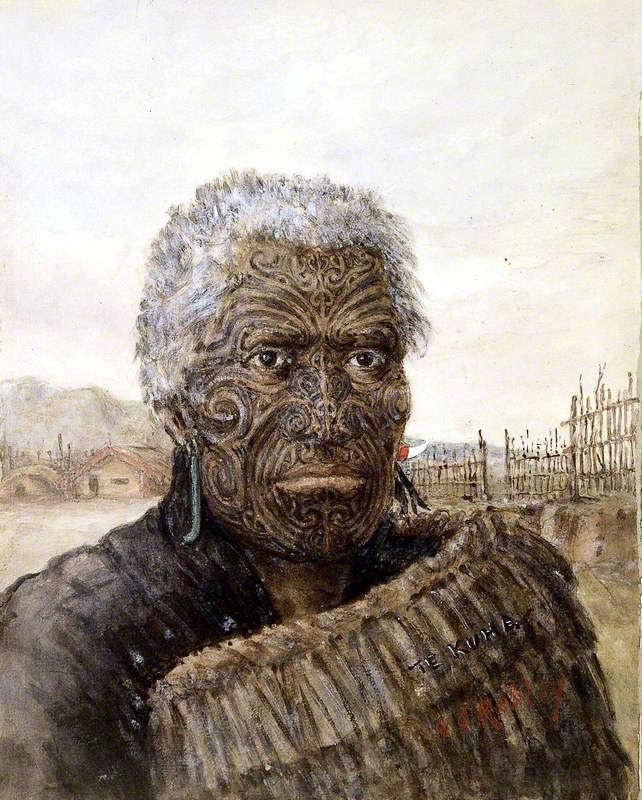
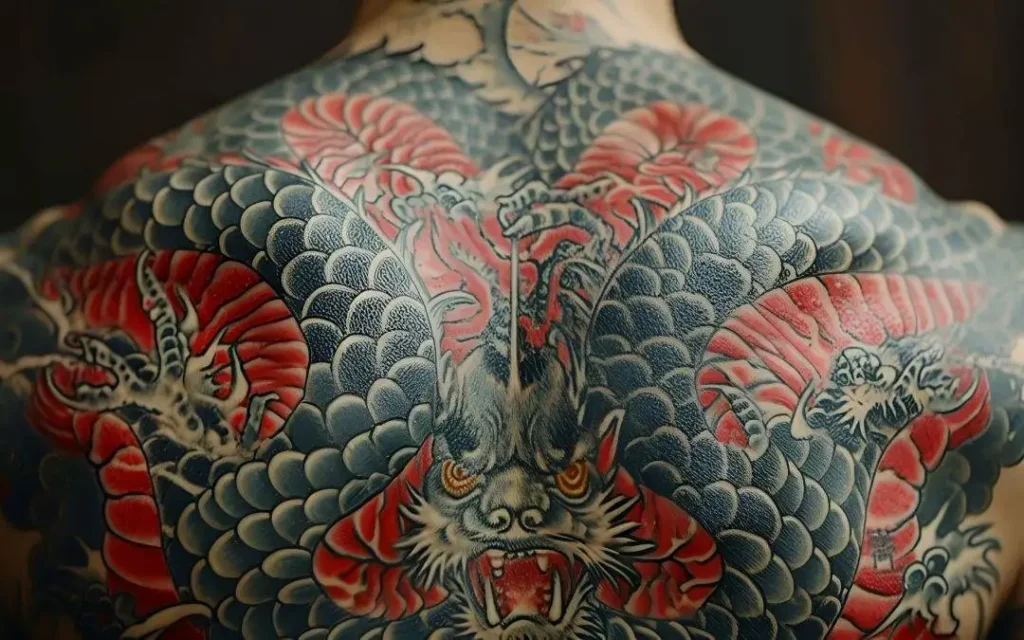
5. The Americas: Ancient Ink from North to South
In North America, Inuit women historically tattooed their faces to mark adulthood, bravery, or spiritual protection. Similar practices existed among other tribes .
Pre-Columbian societies also embraced tattooing. Chinchorro mummies (~4000 BCE) from Chile/Peru wore thin mustache-like lip tattoos. Later Andean cultures produced marvelously precise tattoos—tiny ink dots and fine lines, possibly ritualistic or social in nature .
6. Classical & Medieval Eras: Punishment & Perception
In Greece and Rome, tattoos served as punishments: criminals and slaves were branded with words like fugitivus (“runaway”) or servus to shame them publicly . During Constantine’s reign (~4th century CE), facial branding of slaves was banned—but tattooing remained in use for criminals and soldiers well into medieval times .
7. Renaissance to 19th Century: Sailor Ink & Innovation
The Age of Discovery brought Polynesian tattoo styles to Europeans. Sailors returned bearing anchors, swallows, maritime motifs, and protective symbols like pigs and roosters .
Martin Hildebrandt opened America’s first tattoo parlor in New York City in 1846, primarily serving Civil War soldiers seeking identification and symbols of comradeship .
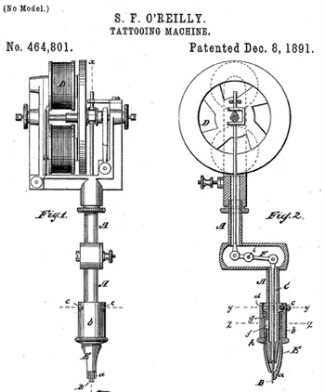
Soon after, in 1891, the electric tattoo machine was patented—revolutionizing speed, precision, and color diversity .
8. 20th Century: Stigma, Rebellion & Reclamation
Following a 1961 hepatitis outbreak, New York City banned tattooing until 1997, with many U.S. cities following suit over health fears . Yet the 1970s and ’80s saw tattoos emerging as symbols of rebellion and renewal—crossing lines of class, gender, sexuality, and identity.
By the ’90s, tattoos had entered the mainstream: embraced by celebrities (like Angelina Jolie and David Beckham), intertwined with punk, skate, and LGBTQ+ subcultures. What was once counter-cultural became a tool of self-expression and artistry.
9. Today: Cultural Continuity & Ethical Appreciation
- Traditional Masters: Legendary tattooists such as Philippines’ Apo Whang-Od (aged 106 in 2025) carry on indigenous hand-tapped batok traditions—symbols of rites, bravery, and community—and now teach new generations.
- Revived traditions: In North Africa, Berber/Gamazigh tattoos (dot-and-line patterns on women’s hands and arms) are making a comeback via a younger generation rediscovering cultural roots .
- Appropriation awareness: As tattoo popularity grows, so too does discussion around the respectful use of cultural (especially sacred) designs. Many advise ensuring meaningful engagement and accurate representation—especially for Scythian or Polynesian motifs .
🔍 Reflecting on Our Inked Heritage
From soot-rubbed pain therapy to royal spiritual images, decorative symbols, punitive branding, and full-body statements of identity—the role of tattooing has fluctuated, migrated, and adapted. Even today, tattooing balances on the line between ancient craft and modern art, merging personal meaning with cultural continuity.
✨ Why This Journey Matters
- Cultural depth: Tattoos are not a modern fad—they are a global phenomenon steeped in ancient history.
- Therapeutic beginnings: Ötzi’s marks hint at early medical understanding and body work.
- Gender fluidity: Across eras, women and men alike have used tattoos for spiritual power, rebellion, and identity.
- Ethical engagement: As tattooing crosses cultures, honoring origin and meaning is critical.
📚 References
Andrews, E. (2016, July 11). The ancient and mysterious history of tattoos. History.com. https://www.history.com/news/the-ancient-and-mysterious-history-of-tattoos
British Museum. (n.d.). Ancient Egyptian tattooing revealed by infrared imaging. https://www.britishmuseum.org
Capasso, L. (1998). The iceman’s tattoos: A link to acupuncture. Lancet, 352(9143), 86. https://doi.org/10.1016/S0140-6736(05)60873-4
Curry, A. (2013, June). Tattoos: The ancient and mysterious history. National Geographic. https://www.nationalgeographic.com/history/article/130607-tattoos-ink-history-science
Gambier, D. (2001). Tattoos in the ancient world. Archaeology Odyssey, 4(6), 12–19.
Gilbert, S. (2000). Tattoo history: A source book. Juno Books.
Kaur, H. (2023, October 28). Whang-Od: The 106-year-old woman keeping traditional Filipino tattoos alive. CNN. https://www.cnn.com/style/article/whang-od-philippines-tattoo
Lineberry, C. (2007, January). The illustrated woman. Smithsonian Magazine. https://www.smithsonianmag.com/history/the-illustrated-woman-151207142/
Martin, D. L., & Stone, P. (1996). Bioarchaeological insights into prehistoric tattooing. In D. R. Brothwell & A. T. Sandison (Eds.), Diseases in Antiquity (pp. 394–404). Charles C. Thomas.
Mifflin, M. (1997). Bodies of Subversion: A Secret History of Women and Tattoo. Juno Books.
Sutherland, C. (2015, April 23). Tattoos through time: 8,000 years of body art. The Conversation. https://theconversation.com/tattoos-through-time-8000-years-of-body-art-40722
Thomas, M. (2005). The cultural history of tattooing in the Pacific. In N. Thomas & A. Cole (Eds.), Tatau: Samoan Tattoo, New Zealand Art, Global Culture (pp. 17–34). Te Papa Press.
Van Dinter, M. C. (2005). The World of Tattoo: An Illustrated History. KIT Publishers.
Yegül, F. (1992). Tattooing in the Ancient Mediterranean. Archaeology, 45(2), 35–41.
